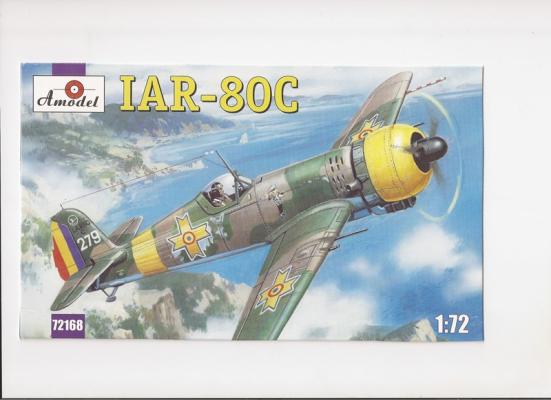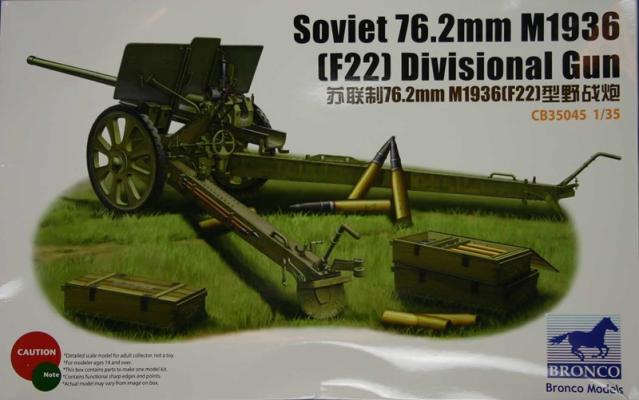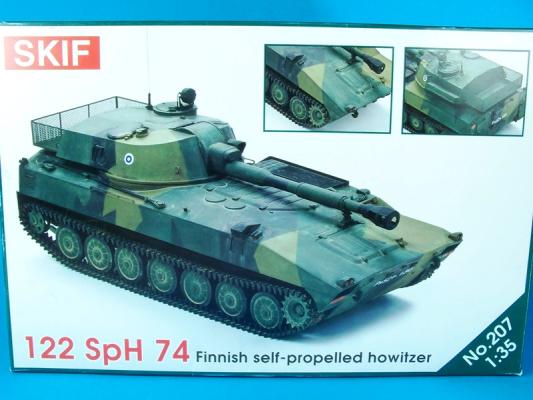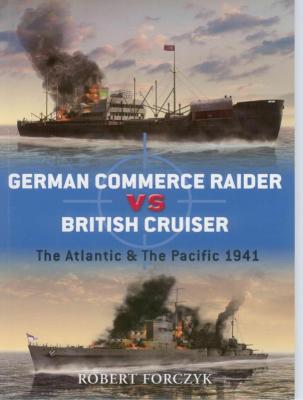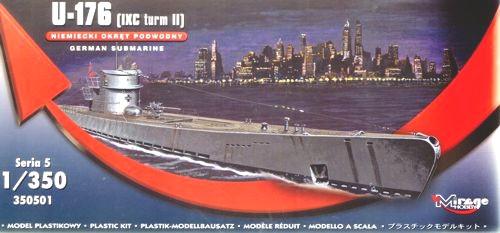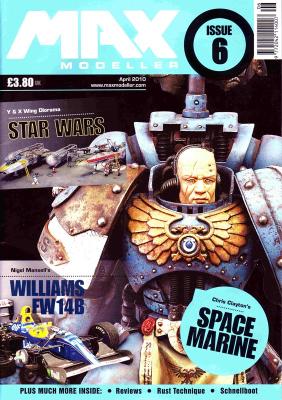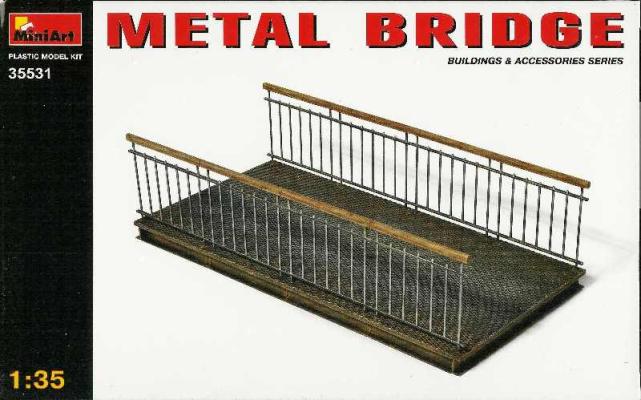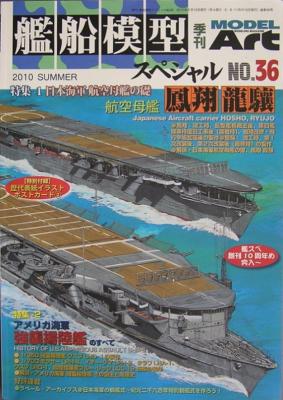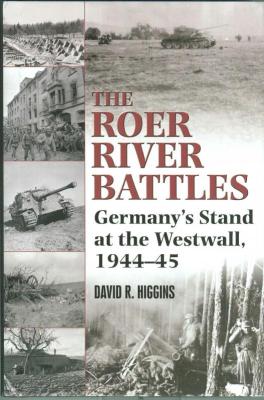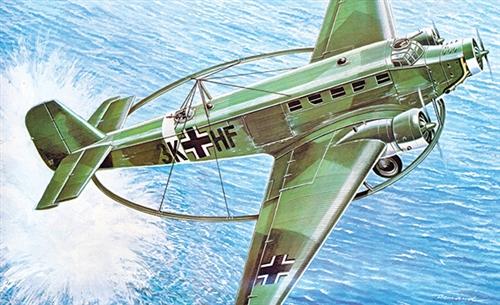Introduction
The IAR 80 series of fighters was developed by IAR Brasov, a Romanian company, and were intended to replace some of the outdated Polish fighters which equipped the Romanian Air Force before World War II. IAR, which had produced a series of low wing, single seat fighters dating back to 1930 as well as some of the PZL fighters under license, developed a ‘home grown design”, the IAR-80, which was originally powered by a Romanian derivative of the French Gnome Rhone 14K Mistral-Major radial engine rated at 900 hp. Later models used 1,025 hp K-14-1000A engines, and the IAR-80A and IAR-80B were fighter and fighter bomber developments with slight detail differences. The IAR-80C, which was built in small numbers, was the last production model, and featured two 20 mm. Ikaria cannons, tail bracing struts, and racks for external fuel tanks. Survivors of the war were used by the Romanian Air Force until the late forties, and some were converted to two seat trainers.

